Articles
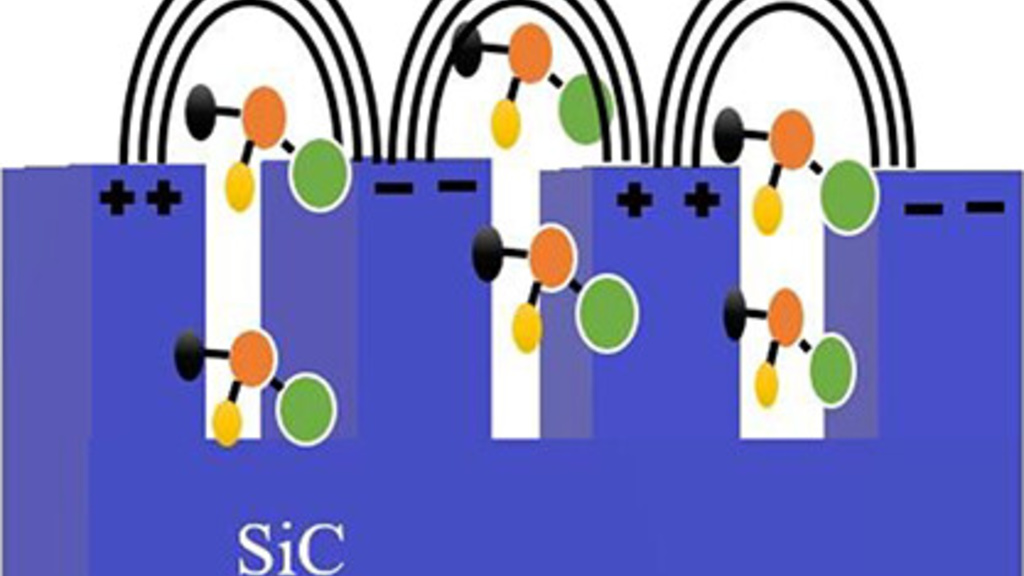
New paper 'Lifetime and Molecular Coupling in Surface Phonon Polariton Resonators'
Friday, May 10, 2024
In this paper, we uncover how the properties of SPhP modes offer some challenges for surface-enhanced sensors. To do so we develop numerical models for understanding both the lifetime and frequency of resonances in silicon carbide resonators. Our results reveal a comparatively narrow range in the center of the Reststrahlen band offers the best candidate spectral range for enhanced sensing.
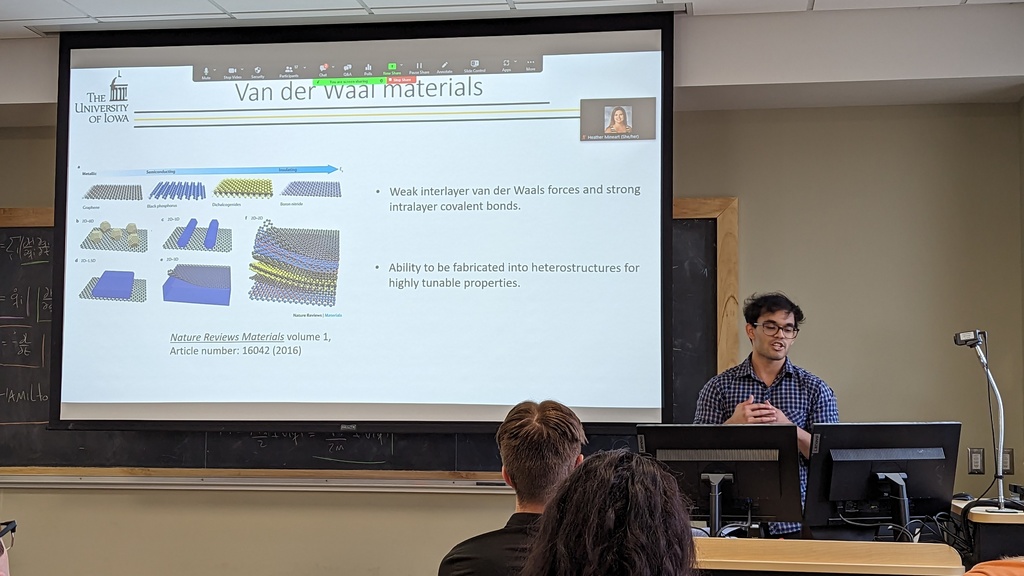
Sid presents honors thesis
Friday, June 16, 2023
Congratulations to Sid, who graduated with honors on research performed in our lab.

New ONR award to studying GaN using infrared spectroscopy
Friday, June 16, 2023
In this program we will understand the properties of defects and dopants in vertical GaN power electronics
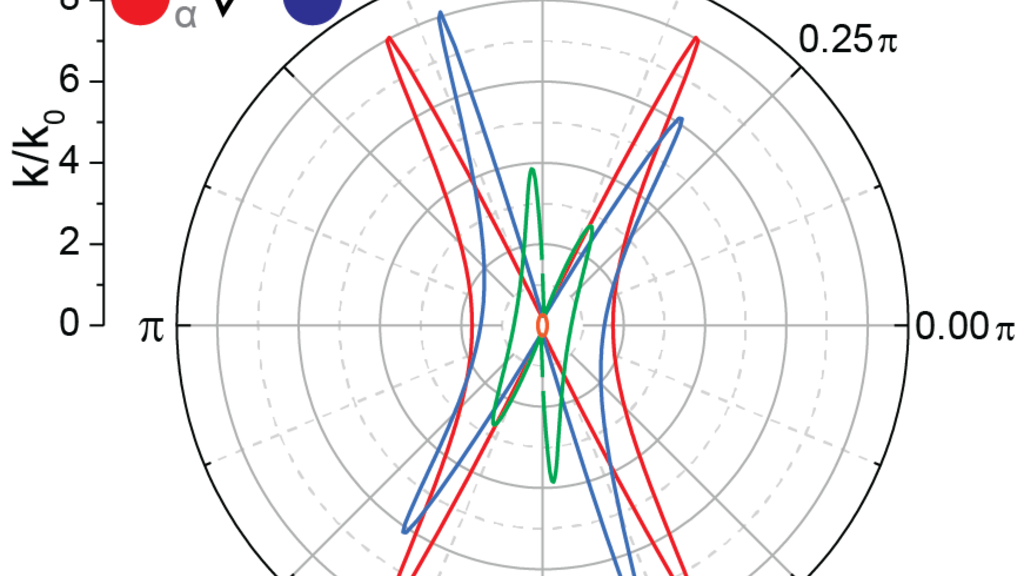
NSF Career - CAREER: Photonics in the Lowest Symmetry Crystals
Tuesday, March 21, 2023
In this project PI Folland will determine how certain classes of crystals can be used to control both direction, and orientation of light waves.
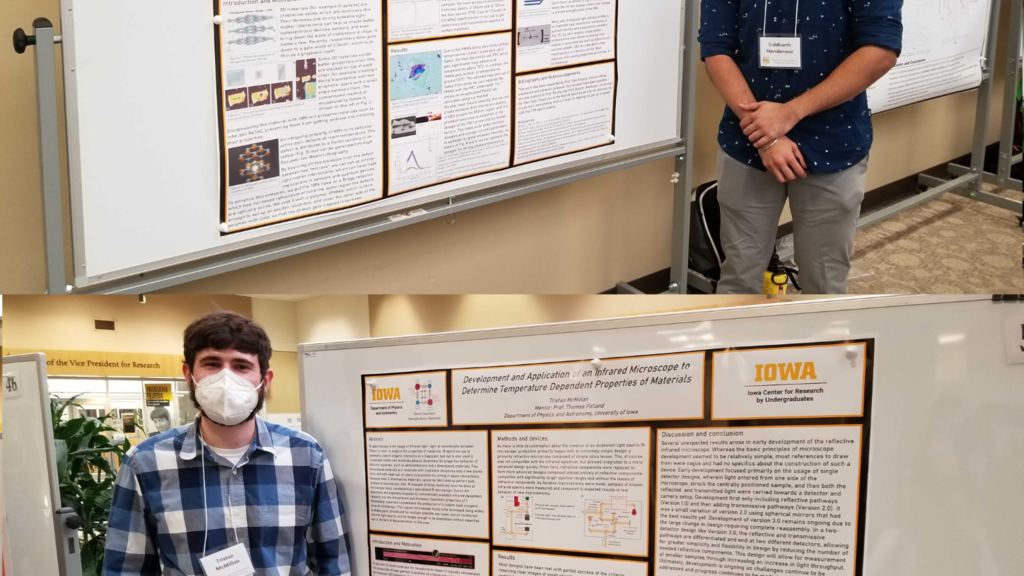
Tristan and Sid present at SURF 2022
Thursday, March 31, 2022
This past wednesday both Tristan and Sid presented at the University of Iowa Spring Undergraduate Research Festival, on their work which is being performed as part of their shared ICRU fellowship. Congratulations on a great presentation!

Perspective on anisotropy in nanophotonics published in ACS Photonics
Thursday, March 17, 2022
Publication reviews the possibilities for low symmetry materials for next generation nanophotonics.

Perspective on new concepts for infrared optoelectronics
Wednesday, February 23, 2022
Here we discuss how a new generation of infrared optoelectronics could be realized leveraging surface phonon polaritons.
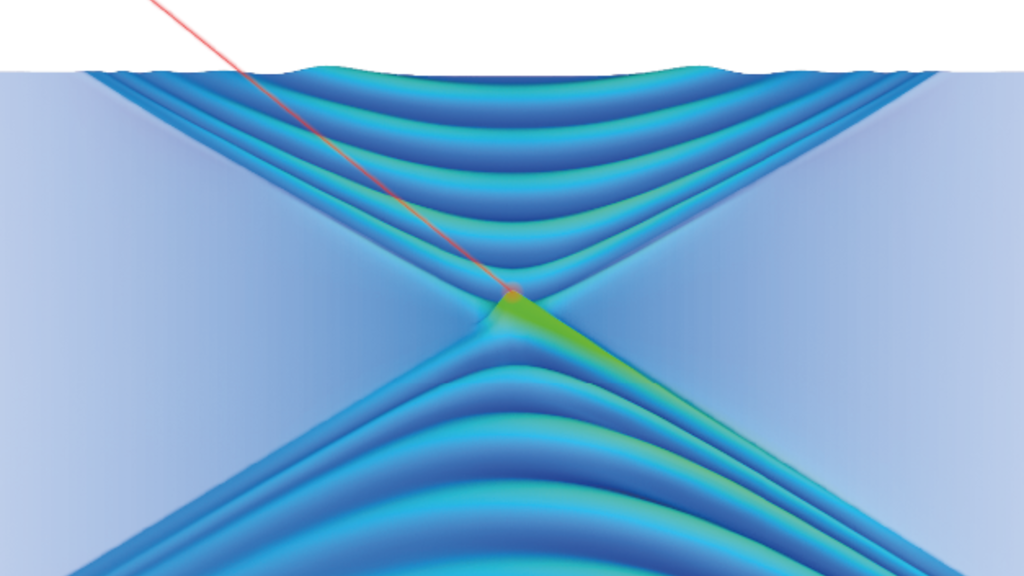
Research on Hyperbolic Shear Polaritons published in Nature
Wednesday, February 23, 2022
Shear phenomena in the infrared dielectric response of a monoclinic crystal are shown to unveil a new polariton class termed hyperbolic shear polariton that can emerge in any low-symmetry monoclinic or triclinic system
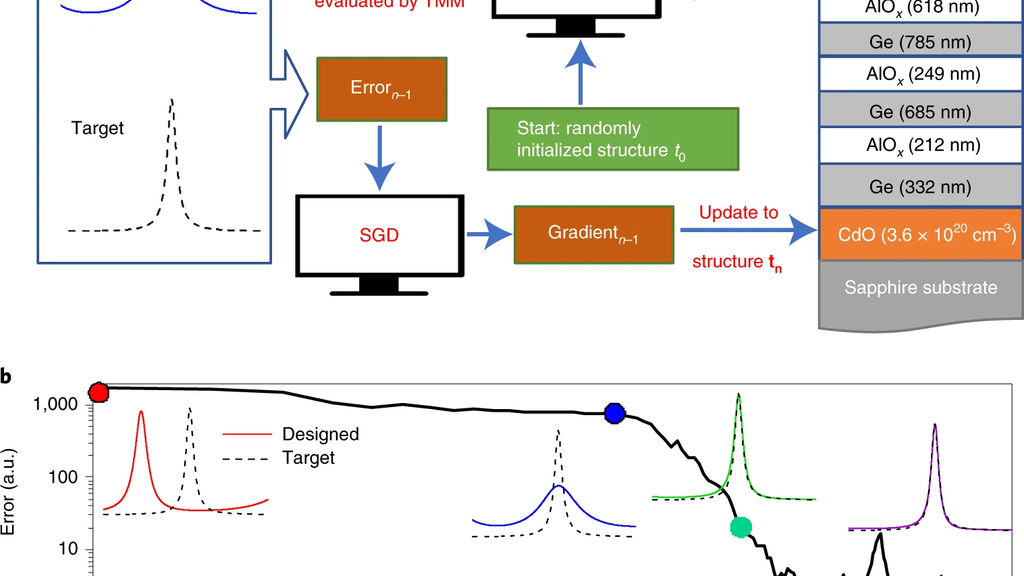
Inverse Design for Tailored thermal emission published in Nature Materials
Thursday, October 21, 2021
https://www.nature.com/articles/s41563-021-01094-0#article-info
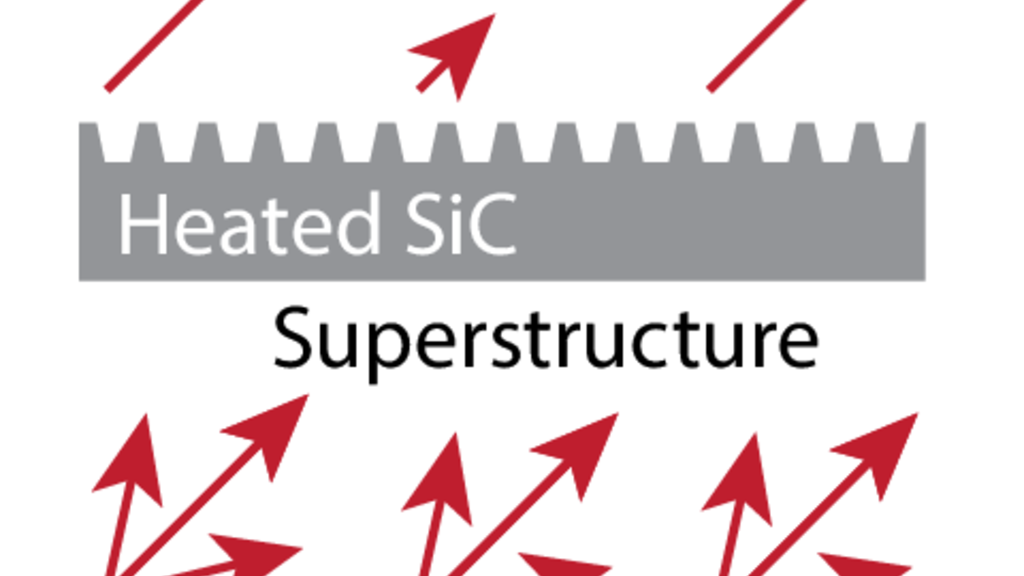
Superstructure Emitters published in APL
Wednesday, April 7, 2021
Superstructure gratings tailor thermal emission
